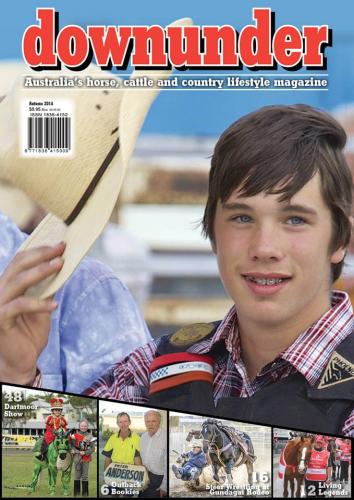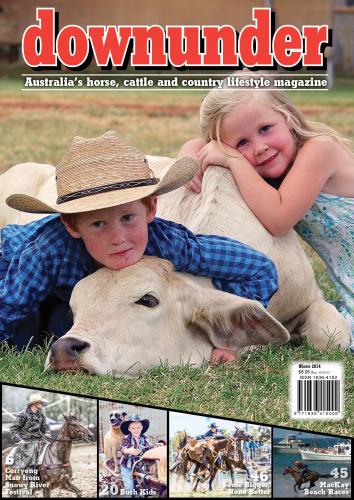Horsezone News
The Horseman of Tullymore Clydesdale & Shire Horse Stud
By: Suzie Kirk (Zanneart Photography) featured in the Autumn 2014 Edition of the Horse Downunder Magazine
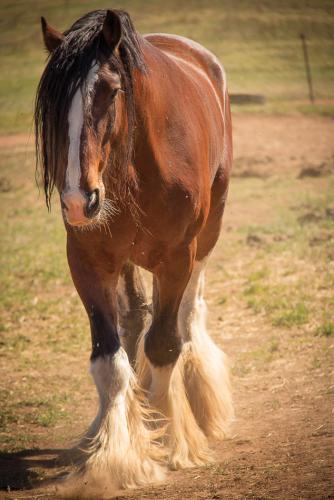 |
| Arclid Adonis |
 |
| Maurice with Archie |
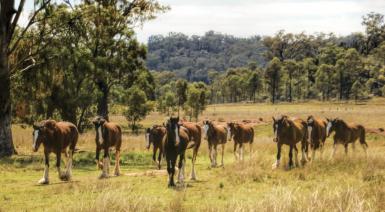 |
| Tullymore horses |
_rqvu.jpg) |
| Rosemore Archie |
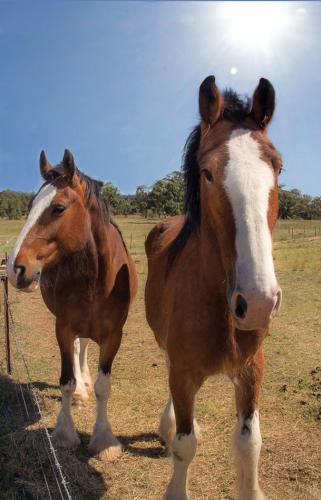 |
| Young Clydesdale mares |
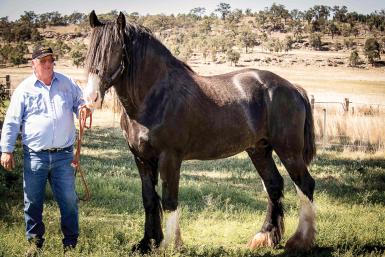 |
| Maurice and Archie |
The origins of the Shire breed of horse is rather sketchy with many differing theories and opinions but their history and subsequent development since their agricultural past, has all the makings of a fascinating journey.
Since the Industrial Revolution, modern technology made the role of heavy horses almost redundant and their numbers declined to approximately 70 in Australia and 3,000 worldwide, almost to the point of extinction but with the dedication and vision of a small number of breeders, their popularity has undergone a resurgence.
One breeder with extraordinary vision, is Maurice Irvine of Tullymore Clydesdale & Shire Horse Stud, who is recognised as Australia’s leading authority on Shires and Clydesdales and his expertise has been in demand on the judging circuit both here in Australia and overseas. It takes a very special man to devote his life, often at great personal cost, to successfully breeding Shire and Clydesdale horses. Tullymore Clydesdale & Shire Horse Stud is nestled amongst the beautiful sandstone hills at Merriwa, central west in the Hunter Valley area and is the only stud in Australia successfully breeding both breeds of heavy horses and consistently producing Royal Show Supreme champions.
Growing up in the 50’s in Ireland, horses always played a major role in Maurice’s life. From a young age, he was compelled to follow in his father’s footsteps. Robert Irvine was considered by many to be Ireland’s leading expert on heavy horses. “My father use to tell people that if he wasn’t able to go and look over a horse for them, then I could. It was most important to him that I knew what terms like ‘boggy’or ‘stringy’, or ‘windy’ and so on meant.” Maurice more often than not accompanied his father when inspecting horses and the knowledge and skills his father taught, were to stay with Maurice and become the platform for his own successful career.
“Some people today have a romantic view of the horse era as a time of fun and good times. Unfortunately this was far from the truth for some horses. Even with my relatively short time in that period, I can recall some horrible sights. Not everyone who had a horse was a good horseman. Many horses were overloaded and underfed and bad fitting harness was responsible for much skin and flesh damage. The result of this sort of abuse was at times devastating”.
Although the revival in popularity of the working horse may be small compared to the past, it is just as vitally important. For this reason, competitions and Field Days are popular not only for the opportunity of showcasing champion bloodlines, but give spectators an opportunity to see old farming methods. Maurice was the founder of the St Helier’s Heavy Horse Field Day held annually just outside of Muswellbrook. Not only do these field days display the power and temperament of these gentle giants, but skills and knowledge are handed down to the younger competitors, preventing many of the old skills from being lost. No one could share the experience without an appreciation for the disposition of these beautiful horses and a respect for their formidable power and strength which made such an important contribution in forging our nation’s agricultural past.
It’s not hard to understand Maurice’s sentiment toward the Shire and Clydesdale breeds, renowned for their placid temperament and intelligence and also his love for classical music with his horses sharing names of famous classical composers. He finds it difficult to answer when asked what aspect gives him the most pleasure. “To breed the best Clydesdale or Shire horse that I can, would have to be the most consuming task, then, after that the crossbreeds would be high on the list”.
The genetic process of producing crossbreeds, the mixing and matching to breed something special for harness, jumping, or eventing, gives Maurice the most satisfaction. “I use Clydesdale stallions over light mares, thoroughbreds, ponies and trotters. One mare in particular, Wendy, out of a 13.2h pony mare by a Clydesdale stallion, turned out to be one of my most interesting horses. Sold to Bill Murray from Orange, she was responsible for helping Bill fulfil his dream of travelling around Australia in a horse drawn vehicle, completing 25000kms. Maybe a world record, but there’s no way of confirming it of course. But for me personally, great satisfaction in producing an animal so sound as to be able to complete such a task. Two other crossbred’s that gave me pleasure were Rossini and Isabella. From a chesnut thoroughbred mare and by Annaburne Flash Thomas, Rossini and Isabella were brother and sister, one year apart. I think that as crossbreeds, they are the best I have bred to date, very attractive in appearance and with the action one would expect from old Thomas. I could be excused for feeling good about these two”.
The first stallion Maurice imported from Ireland in 1994 was a 2 year old colt Vogue Designer. “Using imported stallions sets you on a path from which you are reluctant to turn back. Vogue Designer was not only the best 2yr old I had ever seen, but had the potential to make a tremendous contribution to the Australian genetic pool”. What he also achieved was an awareness of the standard of Clydesdales in Ireland. “Not many people are aware that Ireland has bred many champion Clydesdale stallions”.
Another stallion to leave his mark on the Australian scene was Dillars Ambassador, who Maurice bought in Scotland in 1998. Progeny of these stallions have gone on to become champions, with the most recent being Tullymore William, one of the most prolific Royal Show winners in Australia, owned and exhibited by Shaun and Yvette Maloney from Swan Bay.
Not only does Tullymore Stud successfully produce Australian National Champions, but in 2013 a Tullymore Shire Gelding won an unprecedented judge’s decision, 2013 Supreme Exhibit. Geldings are not known to be awarded supreme at breed shows, however the English judge commented on the quality of the gelding presented.
Maurice’s horses are bred using the best imported genetics from Ireland, Scotland and England including Arclid Adonis, Dillars Ambassador and Vogue Designer with these horses being, or producing Royal and National Champions. Most recent success was by Tullymore Rossina who became NSW Champion Combined Driving Horse at Moombi, New South Wales in September 2013.
With all the accomplishments and champions already produced, one might wonder what is on the horizon for Tullymore Clydesdale & Shire Horse Stud. “Currently I am looking forward to a very interesting crop of foals. This year’s arrivals, all going well, will include not only the pure bred Clydesdales and Shire’s, but hopefully some very nice cross breeds. The wonderful thing about horse breeding is the anticipation of your next foal, so basically, the future is always eleven months away.”
Our friends at Downunder Magazine kindly shared this story with Horsezone - Downunder Magazine is Australia’s leading horse, cattle and country lifestyle publication.
The Autumn Edition of The Horse Downunder Magazine is out NOW! If you'd like to subscribe to Downunder Magazine please email tara@horsedownunder.com.au (just $32 for four issues) or look out for this great Aussie mag in your local newsagent or saddlery store.
Visit the website here www.horsedownunder.com.au
Coming up in the Winter issue - available the first week in June 2014
A small selection of articles to look forward to:
- The Corryong Man from Snowy River Festival
- Cassilis Rodeo
- Droving with the Forge Family
- On the Trail: Beating the Spook with Clinton Anderson
PLUS MUCH MORE - view all Winter Contents in the PDF below
News Search
Categories
- General
- Event Results
- Stallionzone
- Sponsored Shows
- Clubs
- Health
- Feature Horses
- Competitions
- Five Minutes With Horsezone
- Young Riders
- Reviews
- Training and Clinics
- Postcards from the saddle
- 2014 Equitana by HORSE FIRST
- 2013 Equitana
- 2012 Equitana
- 2012 London
- 2011 Equitana
- 2011 Queensland Floods
- 2010 WEG

